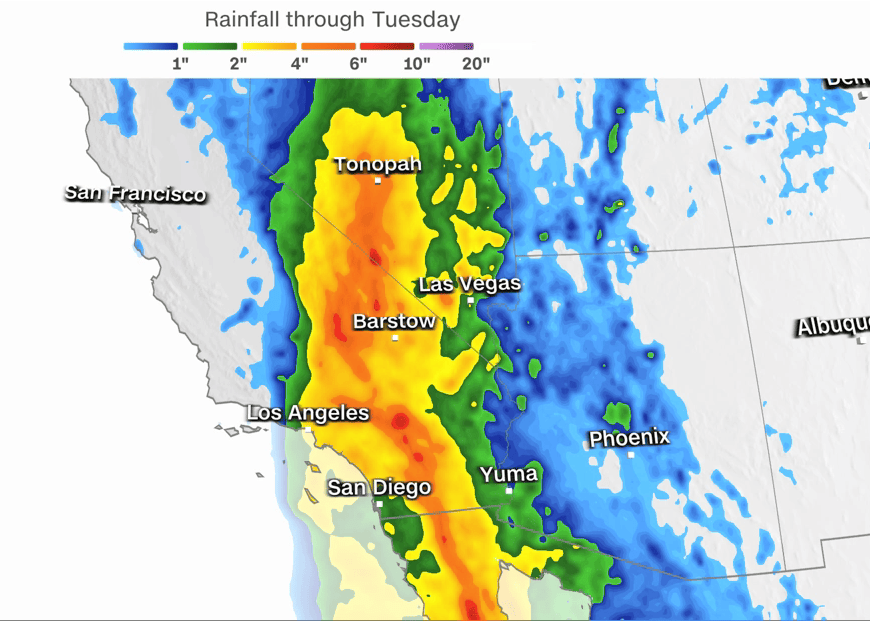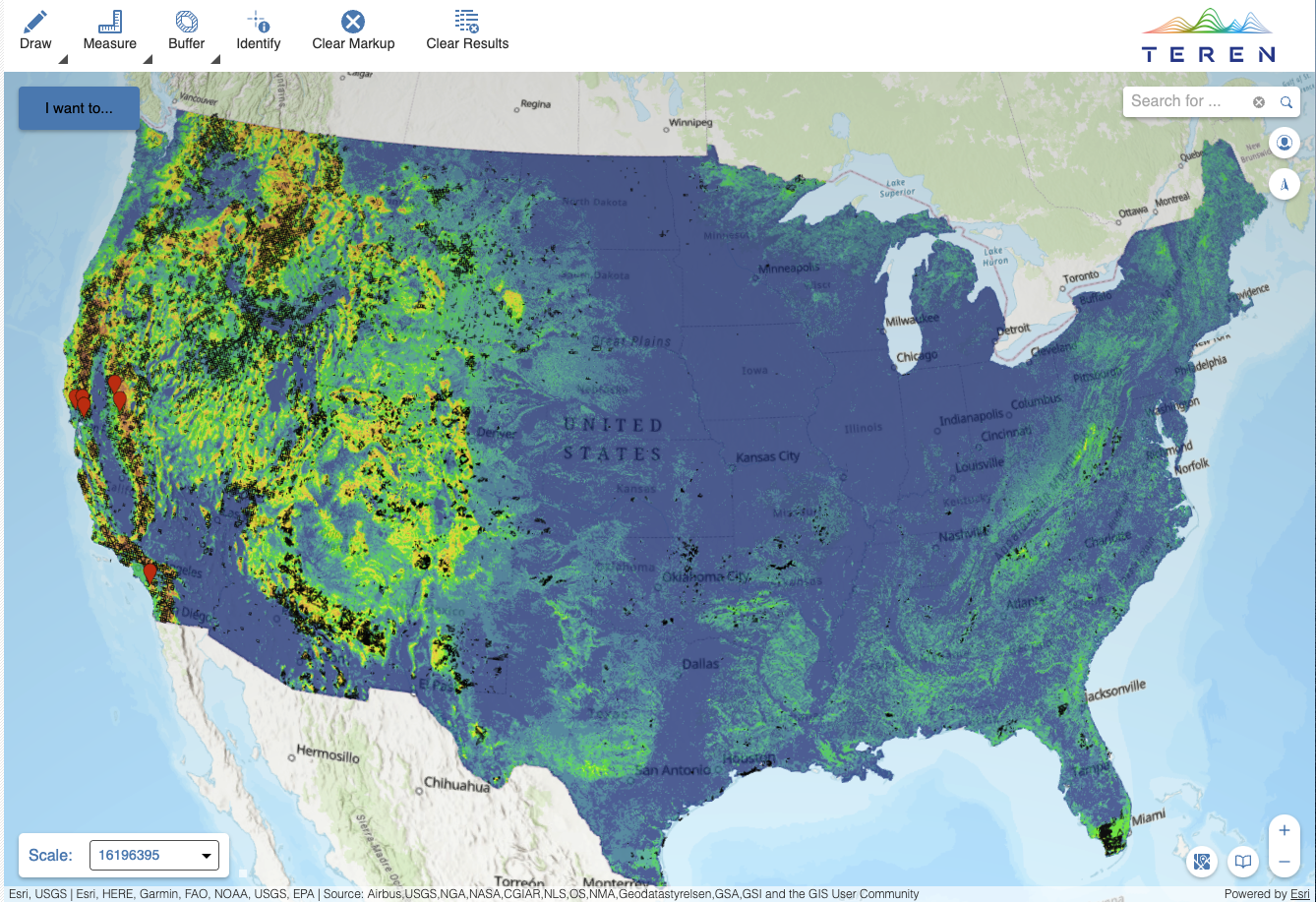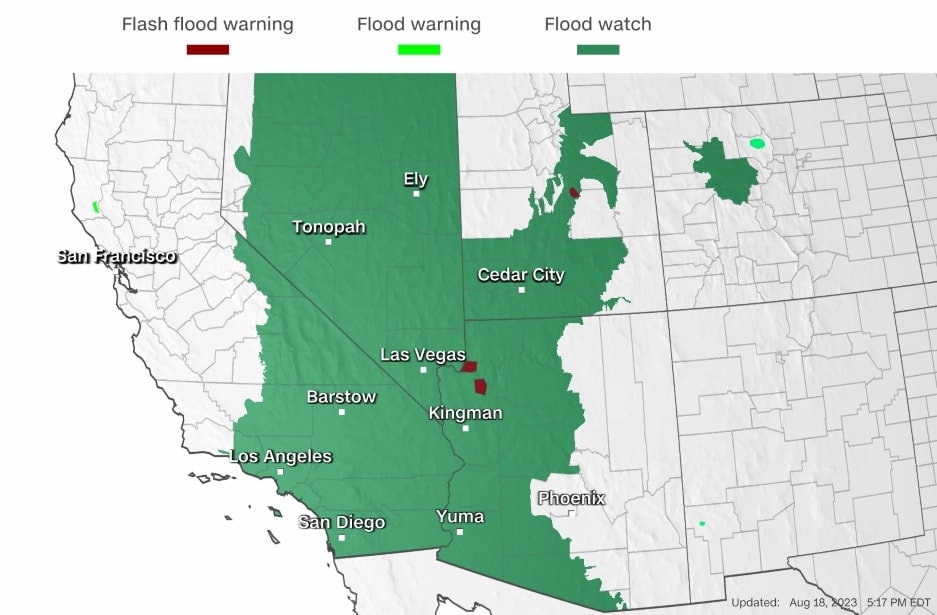This week, you can’t miss the headlines regarding Hurricane Hilary and its trajectory that threatens to unleash a deluge of rain upon the parched landscapes of California. With ominous forecasts predicting “a year’s worth of rain” within the next couple of days, the Golden State finds itself caught between the extremes of extreme heat and inundation. This impending natural event has raised concerns about the interplay of factors such as heavy rainfall, El Niño, landslides, exposure of underground assets, wildfire risk, and flash flooding. As we brace ourselves for the impact of Hurricane Hilary, it’s essential to delve into the potential consequences that this torrential downpour might bring.
Extreme Heat and Drought Increases Risk
California’s long dry spell and this year’s extreme heat has caused the sun to beat down relentlessly on the land, baking the earth and exacerbating water scarcity. When the heavens finally open, the potential for flash evaporation and runoff increases, diminishing the soil’s ability to absorb water. This, in turn, heightens the risk of flash floods and erosion, putting infrastructure, ecosystems, and most importantly, people, at extreme risk.

Landslide Peril and Erosion Vulnerability
The combination of drought-parched soil and sudden heavy rainfall creates a perfect storm for landslides. The lack of vegetation due to the prolonged drought weakens the soil’s stability, and when saturated by intense rain, it becomes more prone to slipping and sliding. The risk of landslides becomes particularly acute in areas with steep terrain, putting homes, infrastructure, and lives at risk. The aftermath of such events can be devastating, requiring significant resources for cleanup and recovery.
Exposed Underground Assets: A Hidden Threat
As the skies open up, the deluge of rainwater can expose a less obvious but equally significant threat: the vulnerability of underground assets. Underground utilities, such as gas pipelines and sewage systems, may be compromised if overwhelmed by flooding. The force of rushing water can erode soil and destabilize the ground, potentially leading to costly and hazardous infrastructure failures. The consequences can range from service disruptions to environmental contamination, necessitating proactive measures to safeguard these essential systems.
Wildfire Risk Amidst the Storm
Ironically, while rain pours down, another menace lurks in the background: the risk of wildfires. The combination of heavy rain and strong winds associated with Hurricane Hilary can lead to the rapid spread of wildfire-causing vegetation. Wet soil might initially inhibit fires, but the subsequent growth of lush vegetation could become dry fuel once the rain subsides. This increased fuel load, combined with gusty winds, creates conditions conducive to fast-spreading wildfires. The threat of fires breaking out amidst the storm’s chaos underscores the complex and multifaceted nature of California’s natural challenges.

Flash Flooding: A Swift and Dangerous Consequence
One of the most immediate and hazardous consequences of intense rainfall is the potential for flash flooding. Urban areas, especially those with poor drainage systems, are particularly susceptible. Roads can quickly turn into rivers, trapping motorists and causing transportation chaos. In areas prone to flash flooding, residents must remain vigilant and take heed of evacuation orders to ensure their safety.

Conclusion
As Hurricane Hilary prepares to unleash a year’s worth of rain upon California within the next 48 hours, the state could be facing severe perils. From landslides and exposure of underground assets to heightened wildfire risk and flash flooding, Californians and infrastructure owners in the state must remain resilient and prepared for the challenges that lie ahead.
The delicate dance between nature’s forces and human adaptability reminds us of the urgent need of maintaining resilient infrastructure, the complex nature of monitoring environmental threats, and the criticality of proactive disaster preparedness.
To learn more about Teren’s approach to environmental twinning and asset resilience, visit our website or request a meeting.



How can Teren help you?
We'd love to hear from you.
- Ready to dive deeper? -
Knowledge Hub
White Papers
Webinars